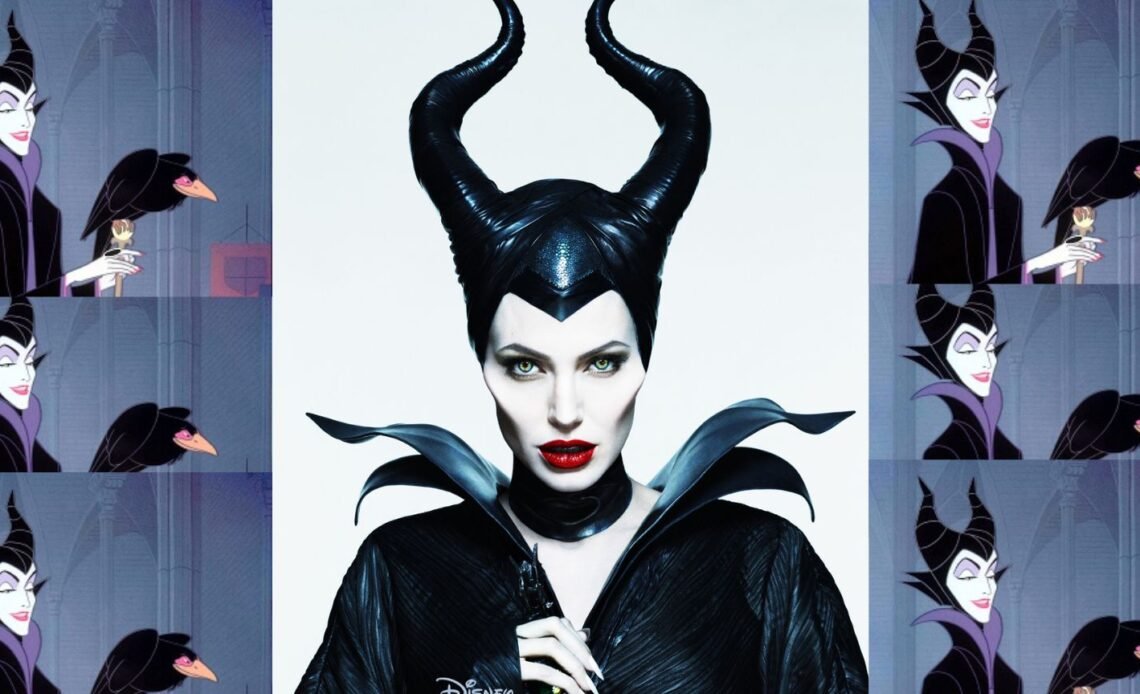The concept of “Maleficent Wouldn’t Be a Lackey” centers on Maleficent’s refusal to be subservient or a follower. In Disney’s Sleeping Beauty and the more recent live-action films, Maleficent is portrayed as an independent, powerful figure who controls her destiny rather than following the orders of others. Unlike traditional Disney villains who often have lackeys or henchmen (like Mr. Smee for Captain Hook), Maleficent is a leader, confident in her strength and intelligence, never bending to the will of others.
The phrase underscores her autonomy and deep character evolution, moving from a classic villain to a more nuanced character with her own agency and motives. This independence is why Maleficent wouldn’t ever be a “lackey” or mere follower.
Detailed Overview
There are few characters in Disney’s vast repertoire as fiercely independent and commanding as Maleficent. Her very name sends a ripple through the collective memory of filmgoers who have come to view her as much more than a simple villain. From her initial appearance in the 1959 animated classic Sleeping Beauty to her complex portrayal by Angelina Jolie in the live-action films, Maleficent has evolved, not only as a character but as a symbol of rebellion, power, and autonomy.
This transformation is no accident. It mirrors a shift in how society views power—particularly female power—transforming her from a fearsome antagonist to a multi-dimensional anti-hero who would never accept the role of a mere lackey.
In Disney’s animated classic, Maleficent was the quintessential villain, driven by revenge and darkness. Her curse on Princess Aurora was one of the most iconic acts of villainy in cinematic history. But like many characters from mid-20th-century films, she was more a force of evil than a fully realized person. It wasn’t until Angelina Jolie donned the horned headpiece in the 2014 live-action film Maleficent that we were invited to understand her motives, and why the idea of subservience was unthinkable for her.
From the moment Jolie’s Maleficent graces the screen, it’s clear this is not a one-note villain. Here is a woman wronged, betrayed by love, and seeking justice in a world that expects her to conform. Her story arc, which moves from vengeance to redemption, illustrates her autonomy, a woman who, despite the forces against her, refuses to be controlled.
As we reflect on her evolution, one thing is clear: Maleficent’s refusal to be a follower isn’t just about her power; it’s a declaration of independence, a metaphor for how women, particularly in the past century, have been breaking free from societal expectations. While other villains like Hades or Ursula often relied on henchmen or followed some greater force, Maleficent stands alone. She doesn’t scheme with underlings or manipulate pawns—she exerts her own strength, acting as her own agent of power.

Her autonomy becomes even more evident when we compare her to other villains. Ursula, for instance, manipulates Ariel through contracts and agreements but ultimately must rely on the trident of King Triton to secure her power. Hades, while charismatic, is still bound by the cosmic order of gods and fate.
Maleficent, however, needs no such intermediaries. She controls her destiny and those around her through sheer will, refusing to serve anyone’s agenda but her own.
Maleficent’s transformation into an anti-hero mirrors societal shifts. In the 1950s and 60s, when the original Sleeping Beauty debuted, female characters in cinema were often reduced to two-dimensional archetypes. You were either the innocent princess or the wicked witch. The complexities of human emotion and motivation were rarely explored, especially for female villains. Fast forward to the 21st century, and we see a more nuanced representation of power—especially female power—emerging on screen. Characters like Maleficent no longer fit into the rigid archetypes of “good” or “evil.” Instead, she exists in the gray, where autonomy, resilience, and independence redefine what it means to be powerful.
Psychologically, Maleficent’s refusal to be anyone’s lackey stems from her past. Betrayed by Stefan, the man she once loved, she becomes a symbol of how women rise from betrayal and reclaim their power. Her pain fuels her actions, but it doesn’t define her. While her curse on Aurora begins as an act of vengeance, it evolves into something more—a reflection on loss, motherhood, and redemption. Maleficent’s journey is about healing and understanding, not about submitting to anyone’s will, be it a king’s or society’s.
Her story also has a cultural impact. Maleficent’s rise to prominence as a powerful, independent character resonates with audiences today. In an era where women continue to fight for equality, autonomy, and respect, her defiance becomes emblematic of those struggles. She refuses to be a pawn in anyone’s game, whether it’s in love, revenge, or redemption. That independence is what makes her more than just a Disney villain—she has become a feminist icon in her own right. Much like Daenerys Targaryen in Game of Thrones or Wonder Woman, Maleficent represents the idea that power and independence don’t need to conform to traditional expectations.
As Maleficent continues to evolve, both in popular culture and in our collective imagination, her refusal to serve anyone but herself will remain a powerful metaphor for independence. She isn’t just a villain, nor is she simply a misunderstood anti-hero. Maleficent is a reminder that strength lies in standing alone, in refusing to be a lackey to anyone’s vision but your own.
Her rise to power isn’t just her story—it’s a reflection of a changing world, one that increasingly values autonomy, especially for women, in ways that Disney villains of the past never could. Maleficent’s journey continues to resonate, offering a powerful lesson for a generation that refuses to be controlled by anyone else’s narrative.


